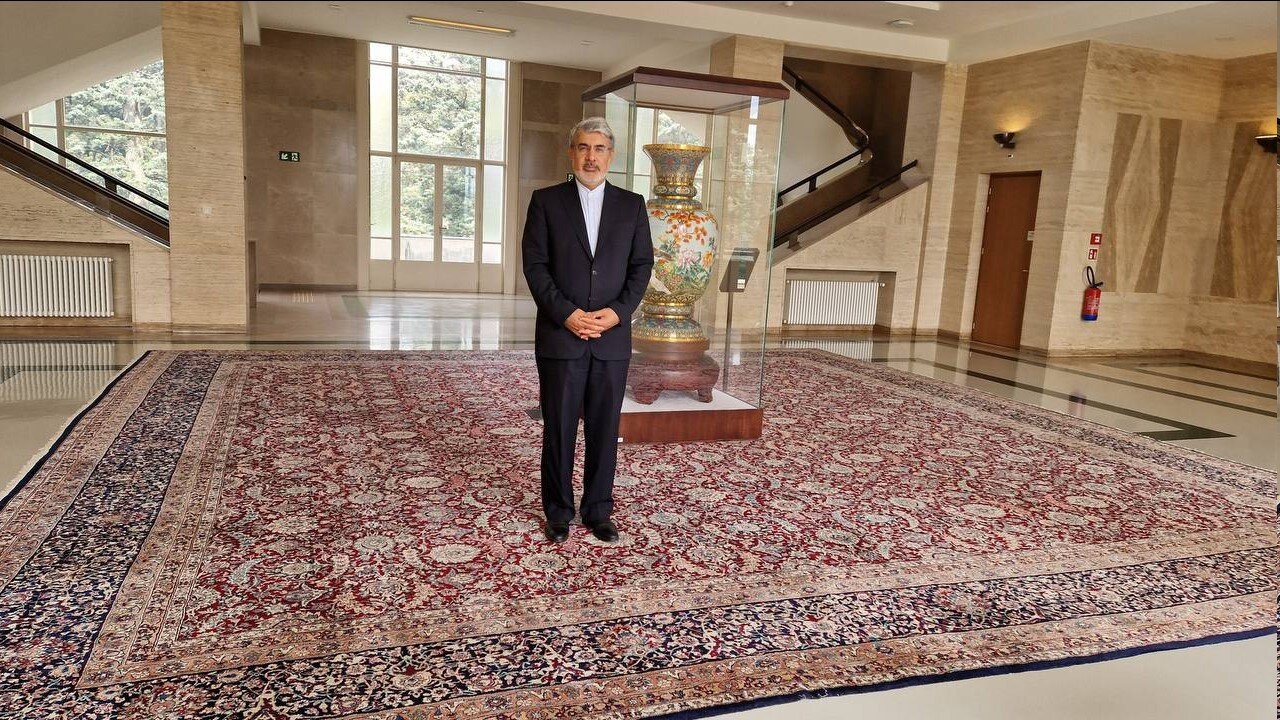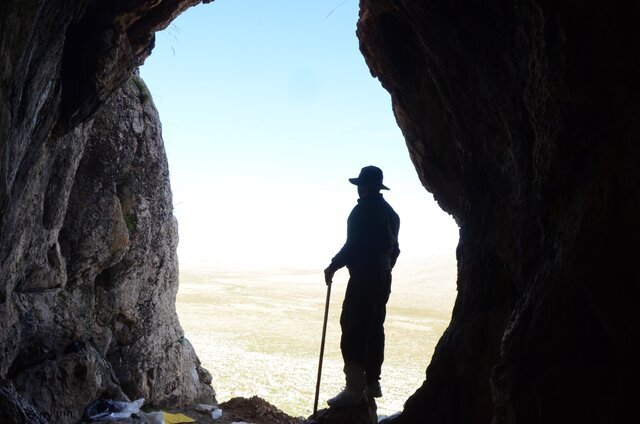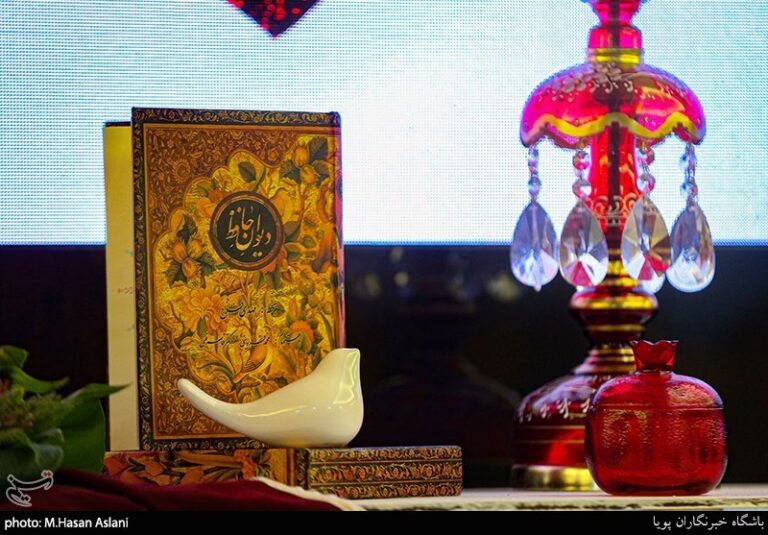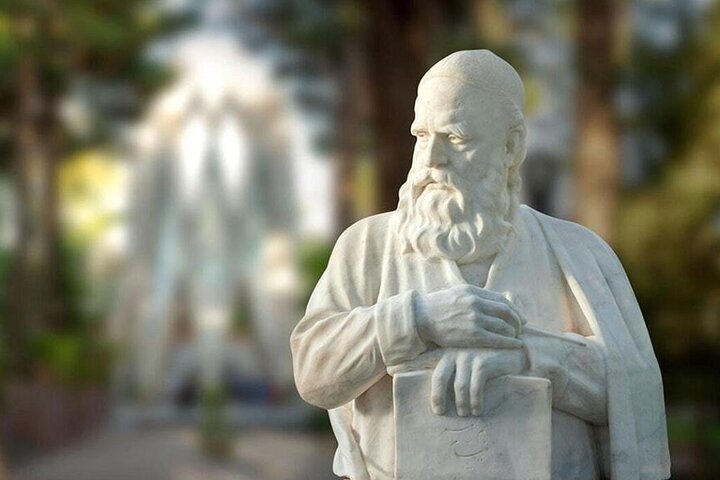
Similar Posts

Neanderthal Footprints Found: Fascinating Discoveries in Western Iran’s Ancient Cave
Recent archaeological discoveries at Kunakhera Cave in Iran’s Zagros Mountains reveal significant Neanderthal habitation dating back 40,000 to 80,000 years. Led by Nemat Hariri, the excavation aims to rescue and document cultural remains threatened by destruction. Artifacts include Mousterian stone tools and cut-marked animal bones, indicating a diverse diet and organized shelter use. This evidence challenges traditional views of Neanderthals as primitive, showcasing their complex cultural and cognitive capabilities. Additionally, findings at nearby Bawa-Yawan highlight early human behavior through ancient rock art, enriching our understanding of human evolution and the importance of preserving these historical sites.

Iran Aims for €6 Billion Boost in Medical Tourism Revenue: A New Frontier in Health Travel
Iran aims to generate €6 billion annually from medical tourism, as per a government-approved policy. Alireza Jahangiri, president of the Iranian Health Tourism Services Association, emphasized this initiative as a strategic move to enhance Iran’s global healthcare standing, leveraging its skilled professionals and advanced medical capabilities. Jahangiri noted that international patients contribute significantly to the economy, averaging $2,500 each. Despite Iran’s reputation for high-quality services, including stem cell therapy and organ transplants, he stressed the need for improved investment in medical tourism infrastructure. This initiative is expected to create jobs and enhance foreign exchange earnings, positioning Iran as a regional leader in healthcare.

Nowruz 1404: Vibrant Handicraft Exhibits Unveiled at City Entrances and Border Crossings!
Iran is launching an initiative to promote handicrafts during the Nowruz 1404 holidays, featuring exhibitions at railway stations, city entrances, and border crossings. This project, announced by Deputy Minister Maryam Jalali-Dehkordi, aims to support local artisans and attract millions of travelers. The overlapping of Nowruz and Ramadan presents unique opportunities for showcasing traditional handicrafts, particularly at religious sites. Proposals include enhancing aid stations, showcasing crafts in urban centers, and setting up temporary bazaars. With annual handicraft exports around $250 million, this initiative highlights Iran’s cultural heritage and positions it for growth in the global handicraft market.

Discover Iran’s Rich Heritage: Captivating Video Clips Showcase Cultural Treasures in Malaysia
The Cultural Attaché of Iran in Malaysia has launched a series of 90-second video clips to promote tourism and enhance cultural diplomacy. These videos showcase Iran’s historical and natural attractions, including UNESCO World Heritage sites like Persepolis and the Ziggurat of Tchogha Zanbil. Aimed at reshaping Iran’s global image, the clips are produced in English and Malay and will be aired on various platforms. This initiative seeks to combat misconceptions about Iran while engaging international audiences, fostering curiosity about its rich heritage, and encouraging travel. Through strategic outreach, Iran aims to cultivate a positive image and boost tourism.

Celebrate Yalda Night: Discover the Magic of Iran’s Timeless Tradition!
Yalda Night, or Chelleh Night, is a significant cultural celebration in Iran, marking the longest and darkest night of the year. It symbolizes the triumph of light over darkness and the arrival of winter. Families gather to share traditional foods such as watermelon, pomegranates, and sweets, read poetry from Hafiz, and exchange stories and horoscopes. This night emphasizes unity, love, and reflection on the past year, while also looking forward to the future. Public celebrations featuring music and dance further enhance the festive atmosphere. Yalda Night encapsulates the essence of Iranian cultural identity and fosters a deep sense of community.

Khayyam: The Visionary Who Unites Science and Art in a Unique Fusion
On May 18, Iran commemorates National Day of Omar Khayyam, honoring the influential Persian poet, mathematician, and astronomer. Born in Neyshabur, Khayyam’s contributions span literature, mathematics, and calendar reform. His celebrated work, the Rubaiyat, explores existential themes and resonates globally. Notably, he advanced algebra, particularly in solving cubic equations, and played a key role in creating the accurate Jalali calendar. Khayyam’s interdisciplinary approach blends scientific rigor with artistic expression, inspiring scholars and artists today. His mausoleum in Neyshabur stands as a testament to his enduring legacy, reflecting his profound impact on literature, science, and philosophy.